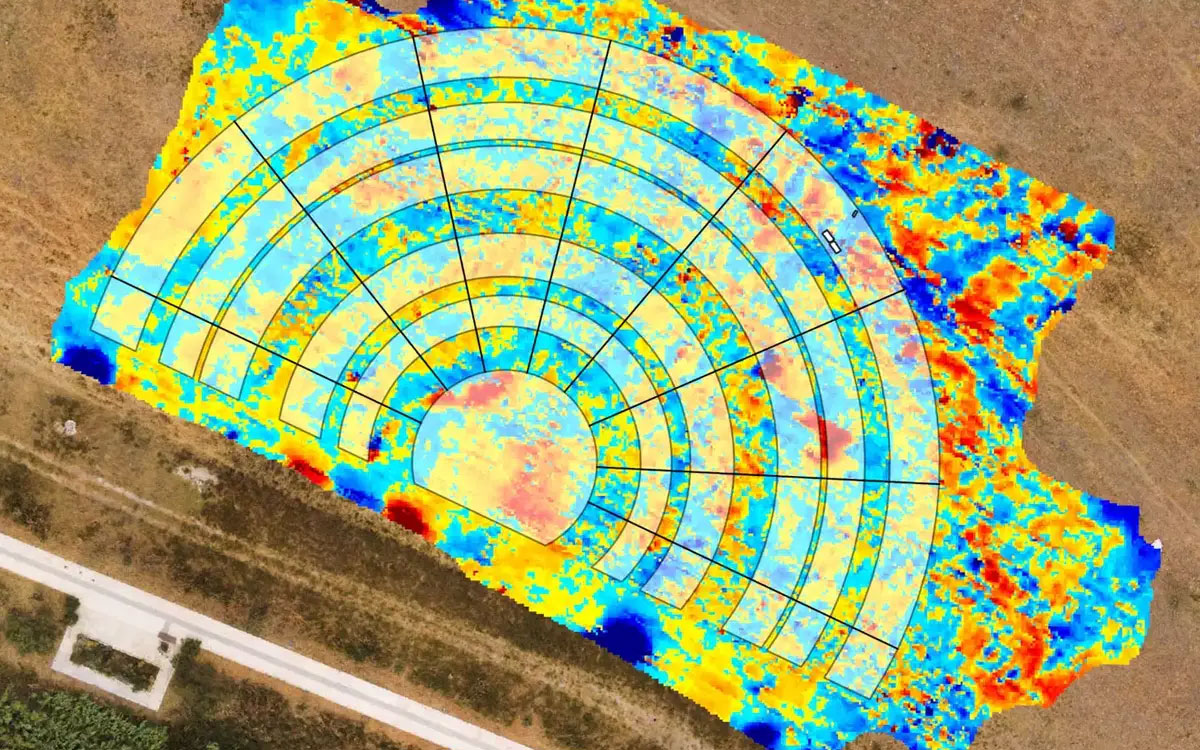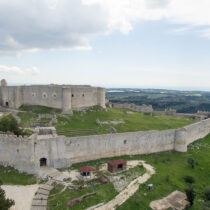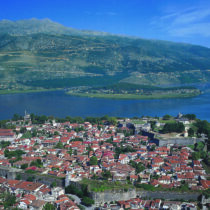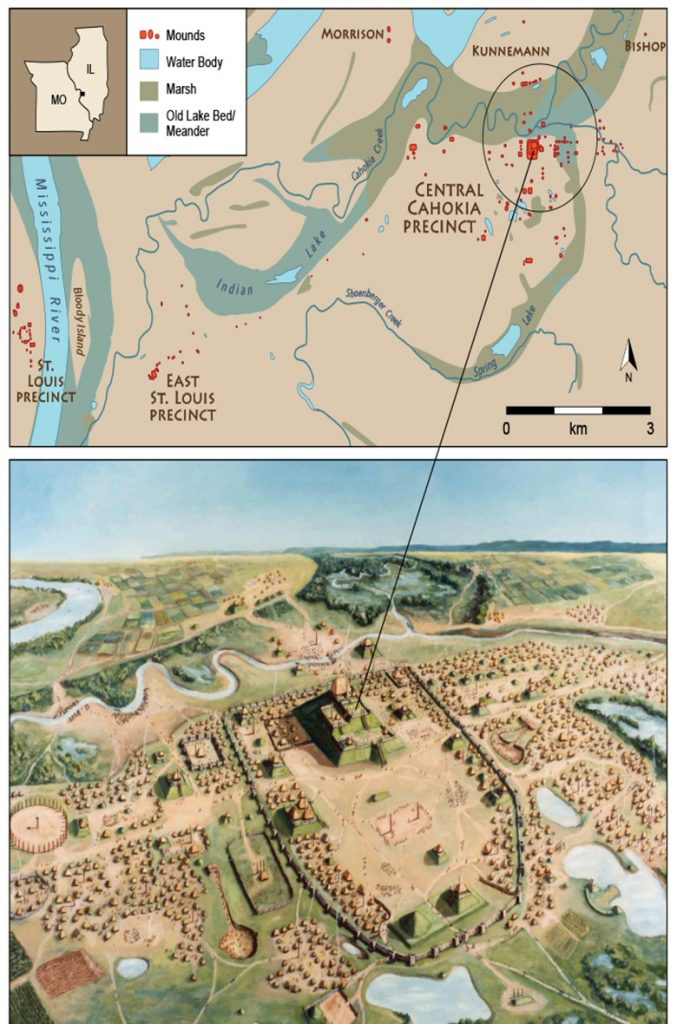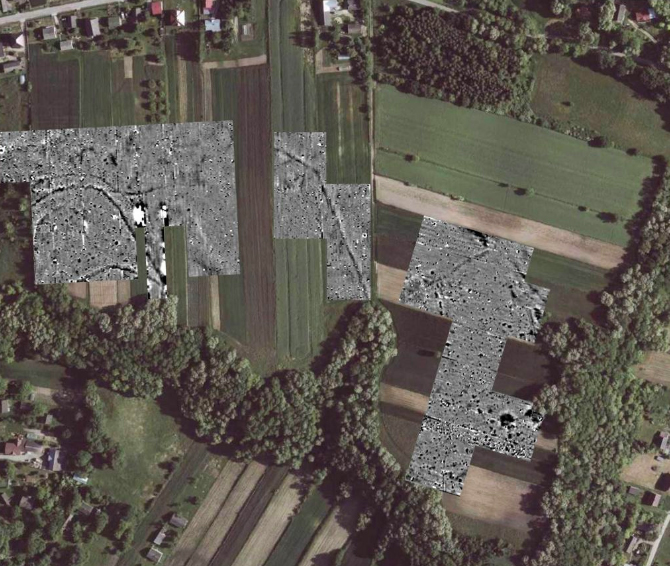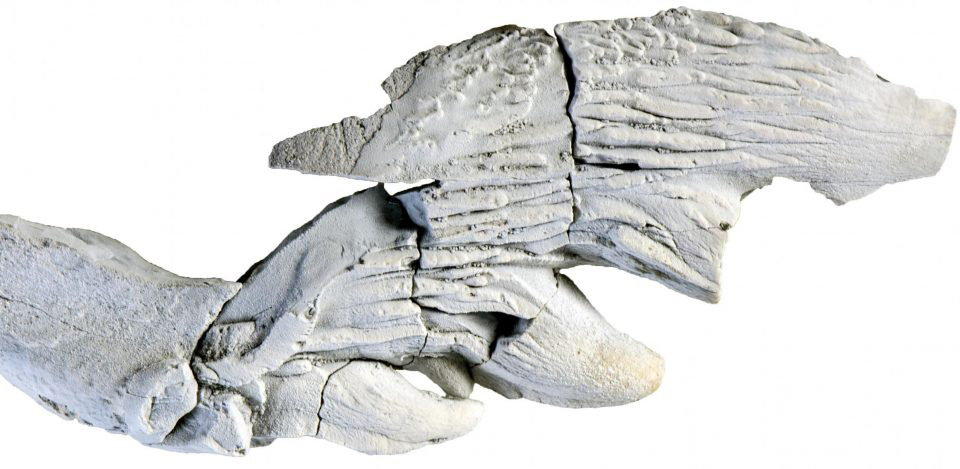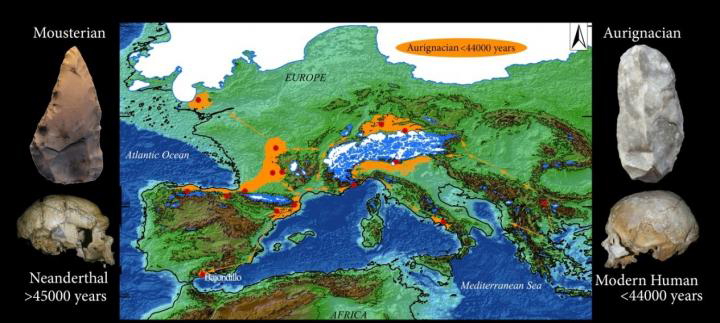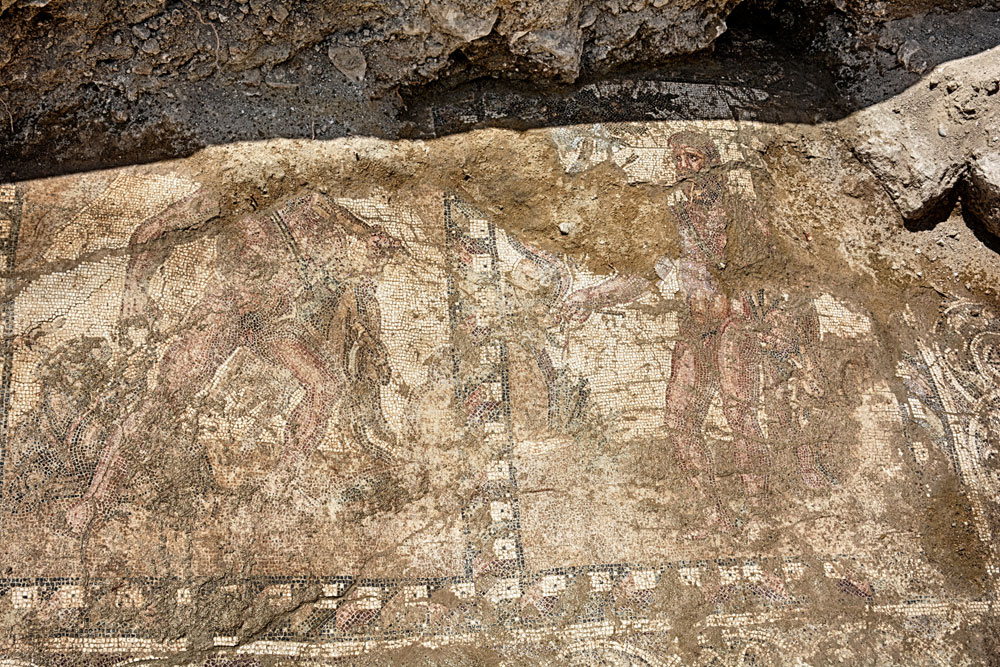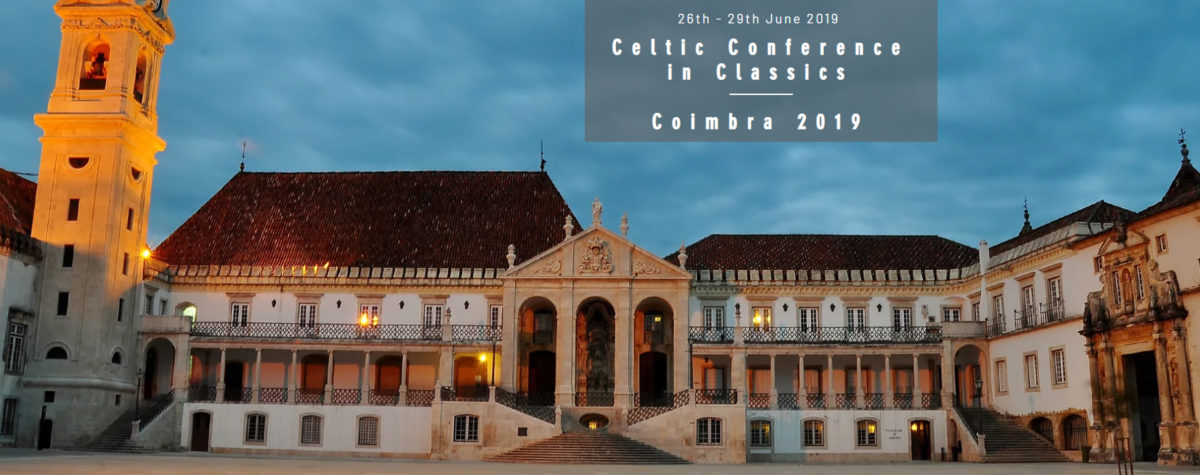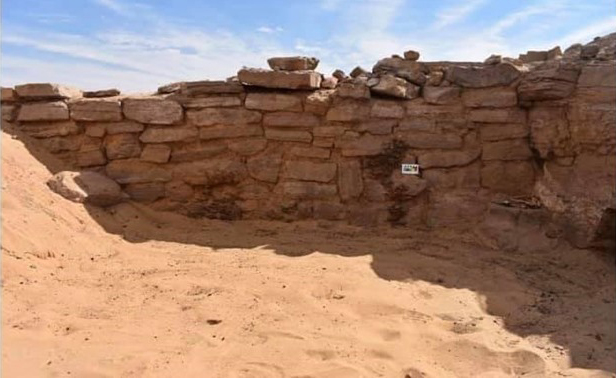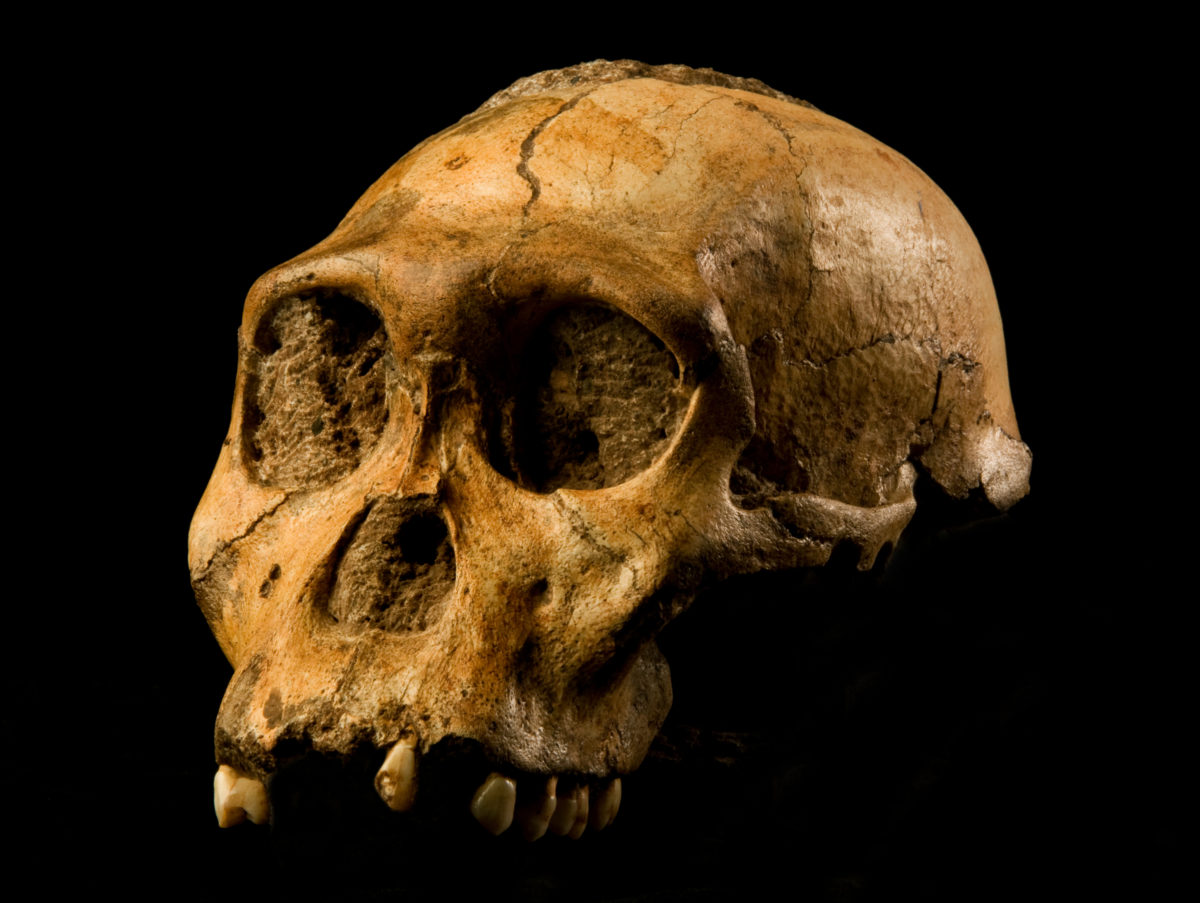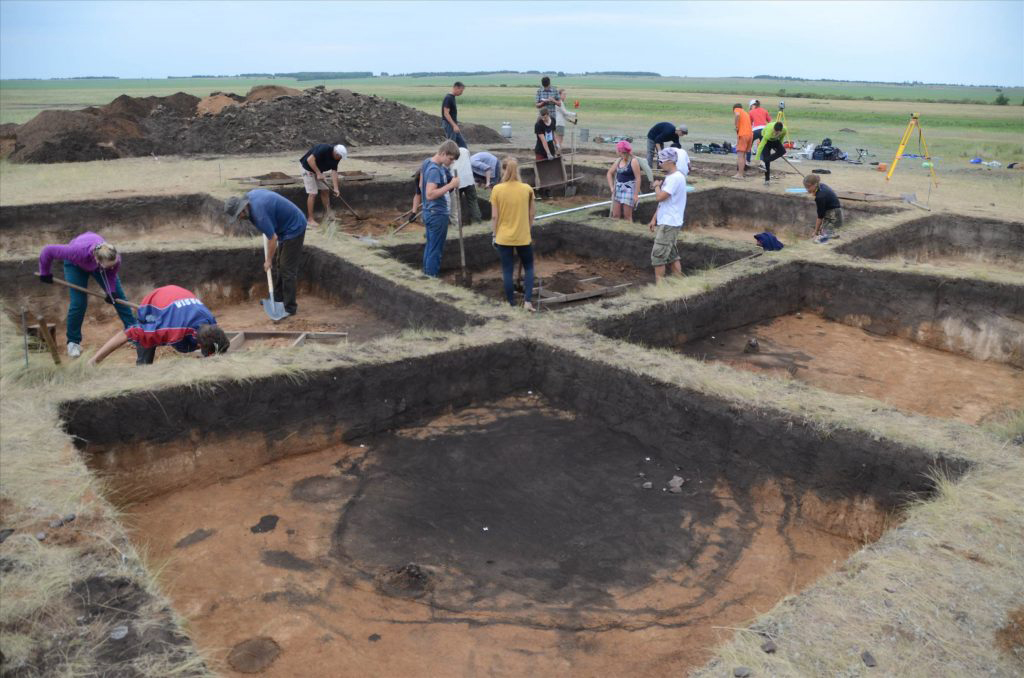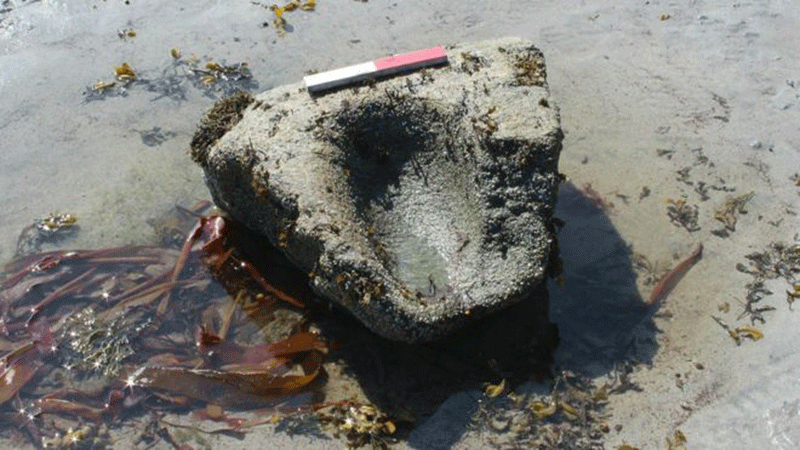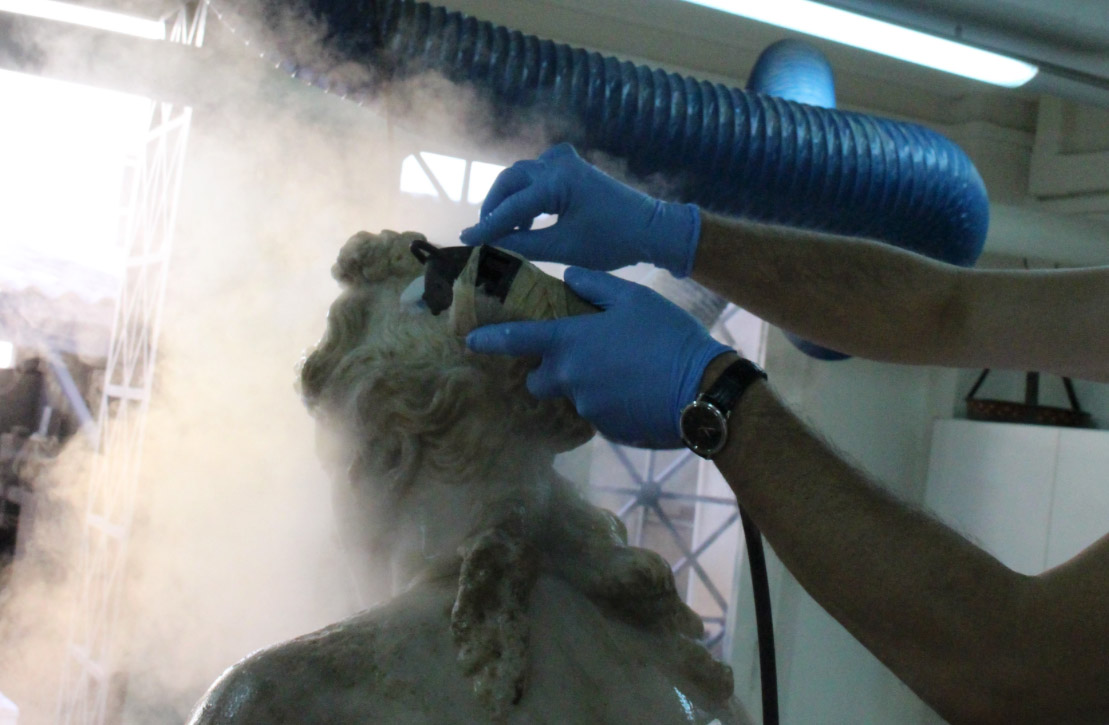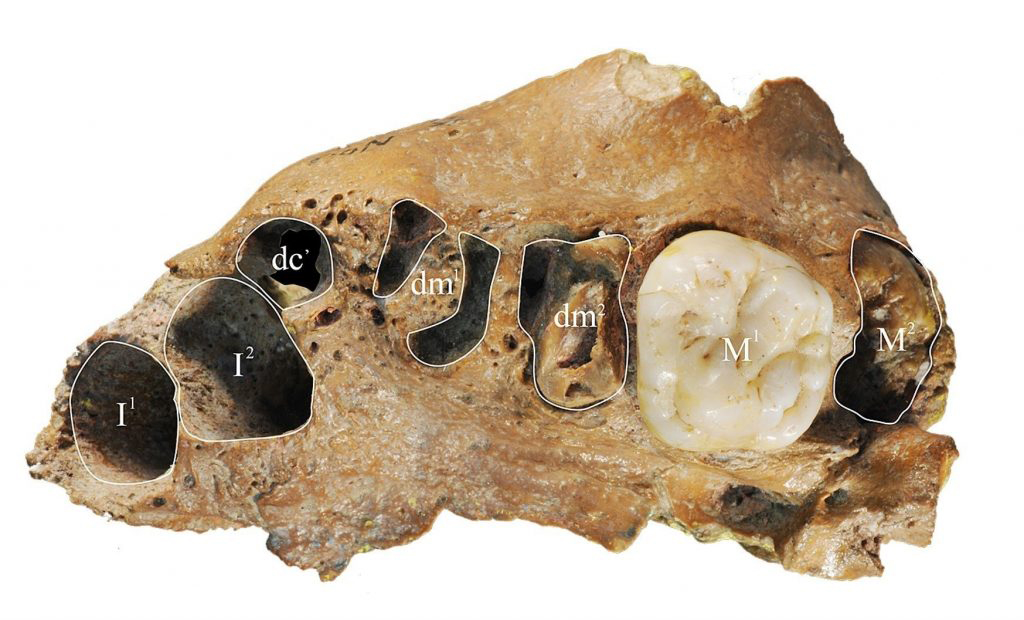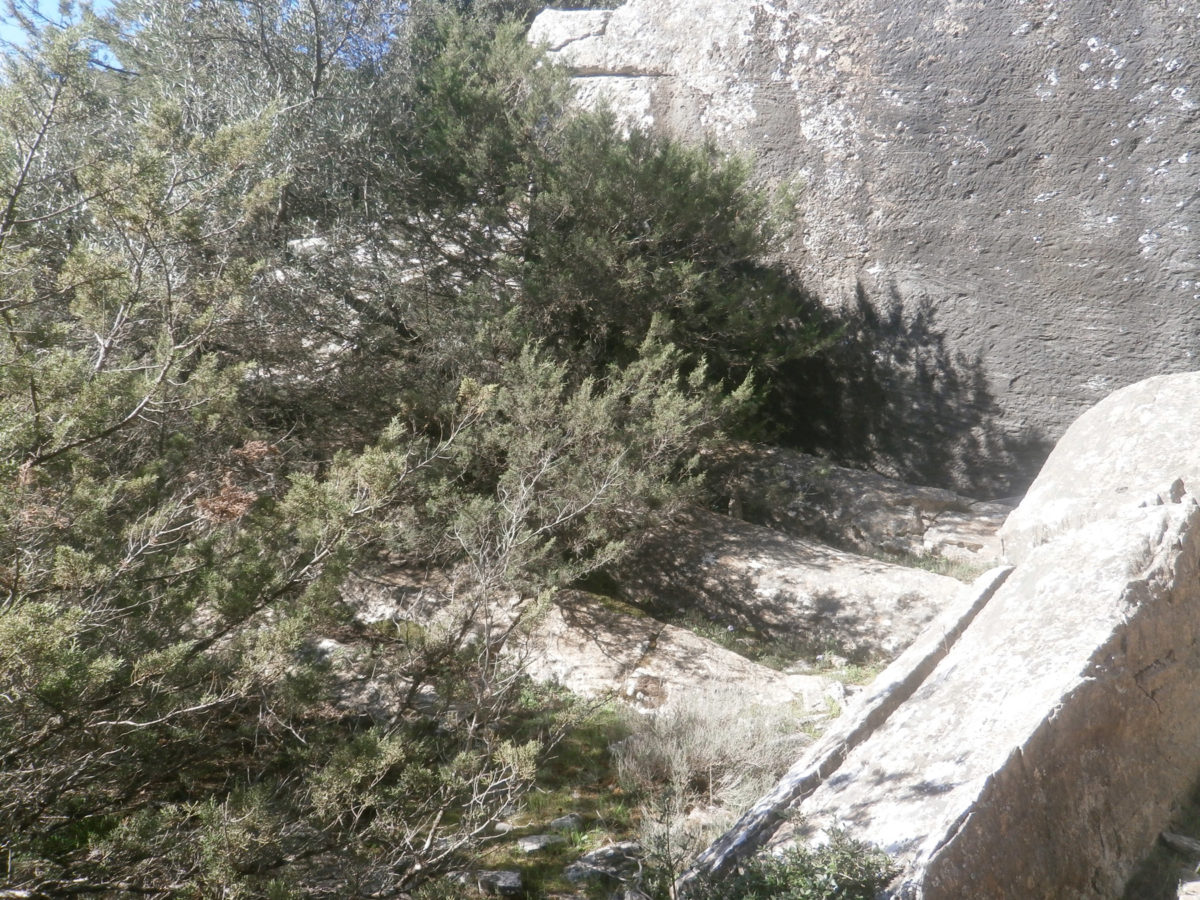‘Revealing Greater Cahokia’
A new book, “Revealing Greater Cahokia, North America’s First Native City,” offers the most complete picture yet of a decade of archaeological research on a little-known part of the larger city and its precincts in East St. Louis.
Conservation of Tutankhamun’s Tomb completed
The Getty Conservation Institute and Egyptian authorities carried out the most thorough study and conservation of the tomb since its discovery by Howard Carter in 1922.
Prehistoric defensive settlements were more common than expected
Previously unknown defensive settlements were identified by analysing satellite images.
New explanation for Alexander the Great’s death
It may have happened more than 2,300 years ago, but the mystery of Alexander the Great's death could finally be solved, thanks to a University of Otago, New Zealand, academic.
Otago researcher contributes piece to the puzzle of baleen whales’ evolution
An Otago researcher has added another piece to the puzzle of the evolution of modern baleen whales with a world-first study examining the teeth and enamel of baleen whales’ ancestors.
CHS Summer Internship in Digital Humanities
The Center for Hellenic Studies is seeking interns to work for eight weeks in Washington, DC on the Free First Thousand Years of Greek project.
A surprisingly early replacement of Neanderthals by modern humans
A new study of Bajondillo Cave reveals that modern humans replaced Neanderthals at this site approximately 44,000 years ago.
The case of With the Greeks in the Firing Line (1913)
Τhe restored film along with another of the Greek-commissioned Balkan War actuality films will be screened in February in the Gennadius Library, ASCSA.
The textile of the lord from Lefkandi
The textile is an impressive and quite rare work of the ancient art of weaving, preserved in excellent condition, which had been offered, along other valuable gifts, in a ruler’s burial of the ‟Dark Ages”.
New archaeological finds have come to light at ancient Kition
It is reminded that a unique Roman mosaic was discovered in 2016, measuring 19x4.60 m, featuring the Labours of Hercules.
Tarrant and Webster Fellowships
REMINDER The Deadline for applications for these fellowships is 31st January.
Repatriation of four wall paintings to Cyprus
Four wall paintings from the Church of Panagia Apsinthiotissa at Sychari and other churches in occupied Cyprus, which were in the possession of the NGO Walk of Truth, found their way back home.
Epigraphy Workshop, ICS
Call for applications for a six-day training workshop in digital and practical epigraphy at the Institute of Classical Studies, University of London, 29 April – 4 May 2019.
Heirs and Spares: Dynasty and Succession in Antiquity
This panel reflects the revived interest in the subject of 'dynasty' in current historical studies.
British archaeologists discover six Old Kingdom tombs in Aswan
The British Archaeological Mission of the University of Birmingham succeeded in uncovering six tombs of different sizes dating back to the Old Kingdom.
Scientists confirm pair of skeletons are from same early hominin species
Separate skeletons suggested to be from different early hominin species are, in fact, from the same species, a team of anthropologists has concluded in a comprehensive analysis of remains first discovered a decade ago.
What happened 4,000 years ago in the Urals?
Researchers want to find out what could have led to major transformations in the way of life in the Urals during the second millennium BC.
Traces of early human activity found on the remains of an ancient woodland
Archaeological research at an ancient woodland in the UK has yielded evidence of early human activity.
Restoring beauty
A marble statue of Aphrodite will be shown in the Sculpture Conservation Workshop of the National Archaeological Museum, a month before being displayed for the first time to the public.
An ancient relative of humans shows a surprisingly modern trait
A relative of modern humans that lived at least 104,000 years ago in northern China showed evidence of dental growth and development very similar to that of people today, a new study found.
CHS Fellowships in collaboration with AUTH’s Department of Classics
In support of collaborative projects and academic cooperations with Greek CHSInstitutions, the Center of Hellenic Studies has developed a partnership with Aristotle University of Thessaloniki, Faculty of Philosophy, School of Philology, Department of Classics. This collaboration focuses on research in
Three ancient quarries found in South Euboea
While installing wind parks in the greater area of the Karystos Municipality and the sites of Anatoli in the Kafireas region and at Trikorfo, Marmari.
Anthropology of War in the Roman Period Workshop
The workshop aims to address the theme of human behaviour influenced by, reconfigured through and in response to war in the Roman period through the study of archaeological, epigraphic, and historical evidence.
Ordering Information in Greco-Roman Medicine
Reminder of the Feb. 15 deadline for submitting abstracts for the Society for Ancient Medicine and Pharmacy panel at the January 2020 Society for Classical Studies meeting.
